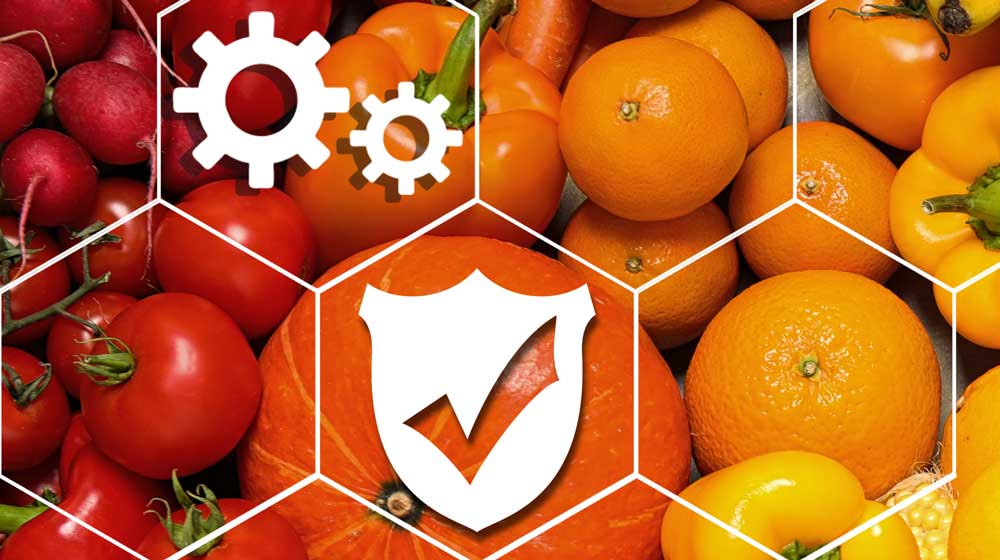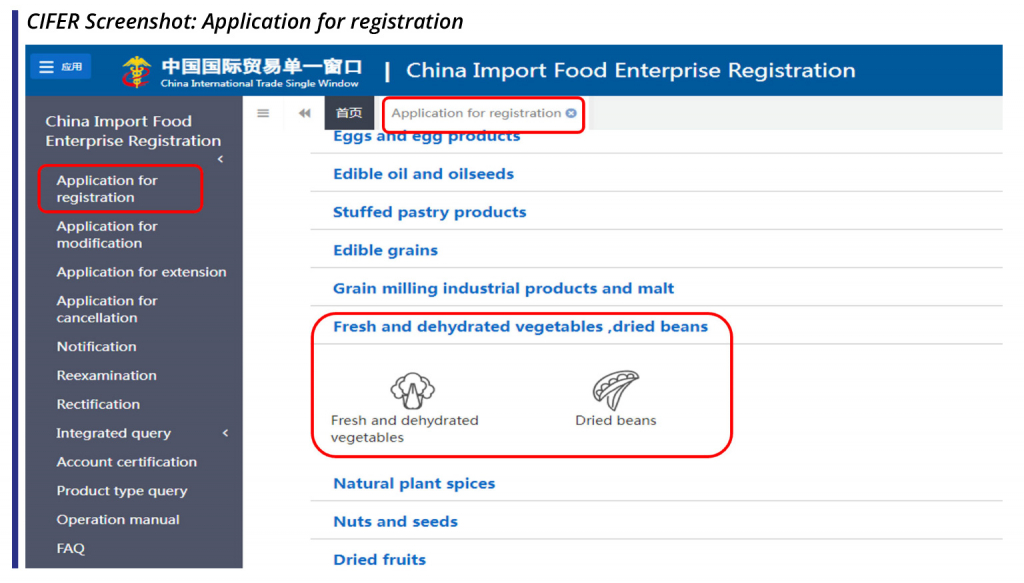


Please sign in or create an account to download the full guidelines.
China’s food safety governance has been significantly strengthened over the past years.[1] The overarching governing framework is represented by the Food Safety Law (Second Revision),[2] and the more detailed Implementing Regulations of the Food Safety Law.[3] The two documents set out comprehensive and clear requirements for the production, import, export, sale, recall, and traceability of food products in China, aimed at establishing a whole-process supervision and control system.
A key element outlined by the Food Safety Law is that all F&B operators shall be liable for the safety of F&B products that they produce or distribute within the Chinese market. On this basis, in April 2021, the General Administration of Customs of the People’s Republic of China (GACC) issued the Administrative Provisions on Registration of Overseas Manufacturers of Imported Foods – commonly referred to as GACC Decree 248. [4] The Provisions, which came into force on 1 January 2022, stipulate that all overseas establishments that produce, process, or store any type of F&B product that is exported to China must register through a dedicated platform, obtain a registration code from GACC, and display it on the product’s inner and outer packaging – before the product is exported to China. Together with another GACC regulation which came into force at the same time – GACC Decree 249 – the regulation significantly increases the responsibility and liability of overseas F&B establishments and of the food safety competent authorities in their countries.
Initially, the entry into force of GACC Decree 248 generated significant doubts, uncertainty, and questions from overseas F&B establishment, mostly as result of lack of clear guidelines and awareness-raising efforts, as well as a number of technical issues with the dedicated registration platform (CIFER system). A frequent outcome was rejection of applications for registration submitted by overseas F&B establishments. Nowadays, after more than two and a half year of implementation, the situation has significantly improved and it is now relatively straightforward to complete the CIFER registration. However, a number of challenges remain, especially involving F&B products categorised “high-risk”. Many European F&B establishments continue to reach out to the EU SME Centre seeking assistance with their specific cases.
For this reason, we have produced new guidelines to assist European F&B establishments to complete the mandatory GACC registration process.
In the first section, we give an overview of the key elements of GACC Decree 248. We focus here on the scope of application, different risk levels of F&B categories, packaging requirements, as well as overall significance and impact.
The second, core section illustrates the key steps that European F&B establishments must follow to complete the CIFER registration, for both so-called “high-risk” and “low-risk” F&B categories (i.e., registration through competent authorities, and self-registration). This section is supported by screenshots taken directly from the system as well as tips on how to avoid mistakes.

The third section focuses on the packaging and labelling requirements for F&B products exported into China, for different product categories.
The fourth section, a new addition, provides a practical overview of the requirements that trading companies have to complete when exporting F&B products to China. These differ from the registration on the CIFER system, and are relatively easy but nonetheless mandatory.
The fifth section provides a summary of Frequently Asked Questions that the EU SME Centre has received from European F&B establishments. These questions were addressed by a team of experts, often after several rounds of calls with CIFER operators as well as a training with GACC officials held in May 2024.
Finally, we provide a list of the food safety competent authorities in EU Member States, as close coordination with them will be required for certain F&B product categories.
The main target of these guidelines are individual establishments in the EU that produce, process or store F&B products that are exported to China. The guidelines are not oriented to food safety competent authorities in the EU. These are responsible for supervising, reviewing and approving the registration of F&B establishments within their jurisdiction; they do so through their own CIFER account, granted by GACC, although the functions are significantly different from the CIFER accounts available to individual establishments. If needed, an user manual for food safety competent authorities can be downloaded directly from the CIFER system.
1. Overview of GACC Decree 248
2. Step-by-step guide for completing GACC registration
2.1. High-risk categories: Registration through competent authority
2.2. Low-risk categories: Individual, self-registration
2.3. Common aspects and tips
3. Requirements on packaging and labelling
3.1. General rules and standards on packaging and labelling
3.2. Additional requirements for specific high-risk product categories
4. Filing requirements for trading companies
5. FAQ on CIFER registration
Annex: List of food safety competent authorities in EU Member States
[1] For a detailed overview of China’s food safety governance, its evolution over the years, as well as its commonalities and differences with the EU food safety system, see a publication completed in 2018 with the financial support of the EU: https://op.europa.eu/en/publication-detail/-/publication/3624d0f7-736a-11e8-9483-01aa75ed71a1 (accessed: 10 Jun 2024).
[2] The Law was revised in 2015, full text in Chinese available at: http://www.gov.cn/zhengce/2015-04/25/content_2853643.htm (accessed: 10 Jun 2024); an unofficial translation in English is available at: https://www.fas.usda.gov/data/china-china-s-food-safety-law-2015 (accessed: 10 Jun 2024).
[3] Issued in 2019, full text in Chinese available at: http://www.gov.cn/zhengce/content/2019-10/31/content_5447142.htm (accessed: 10 Jun 2024); an unofficial translation in English is available at: https://www.fas.usda.gov/data/china-china-implements-food-safety-law-implementing-regulations (accessed: 10 Jun 2024).
[4] Full text in Chinese available at: https://www.gov.cn/gongbao/content/2021/content_5616161.htm (accessed: 10 Jun 2024); an unofficial translation in English is available at: https://www.fas.usda.gov/data/china-overseas-facilities-registration-regulation-decree-248 (accessed: 10 Jun 2024).